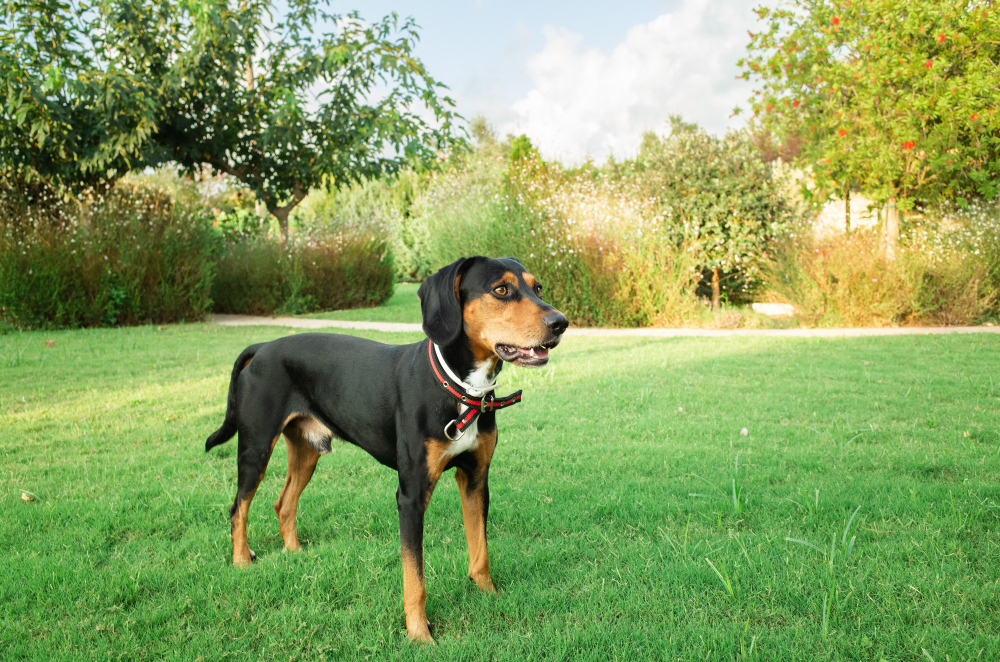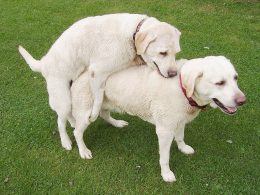Some ornamental plants that are easily found in gardens can be toxic to dogs. Contrary to popular belief, they do not have the instinct to avoid them, especially puppies who are more curious and put everything in their mouths.
The Impact of Plant Ingestion on Dogs: Understanding Toxicity Variations
According to published studies, a plant’s toxicity can be caused by natural self-defense properties that can alter the organisms of the animals that ingest them, causing adverse reactions such as vomiting and diarrhea. But not always a plant that is toxic to one species will be poisonous to another. The main classes of these toxins are:
- Alkaloids: in plants, they serve mainly to ward off insects and animals
- Glycosides are defense substances that release hydrocyanic acid
- Lecithins: act as defense weapons against pathogens and predators
In addition to these substances, a plant’s toxicity can be related to the presence of minerals that are absorbed from the soil and, if in large quantities, can cause poisonings, such as selenium, barium, nitrates, and oxalates. Also, it is interesting to point out that the degree of toxicity can vary depending on the part and the amount of the plant that the animal ingested. Of course, it varies according to the particularity of each dog in response to the stimulus.
The Harmful Effects of Aloe Vera, Amaryllis, and Other Toxic Plants on Dogs
Now that we know a little bit about what makes plants toxic, let’s talk about the most popular and dangerous ones for dogs:
- Aloe Vera (Aloe vera): Popularized for its many therapeutic uses, it is a succulent that grows natively in tropical regions worldwide. This plant is developed as an outdoor plant in mild climates or houseplants. Although it has several healing properties for humans, aloe vera is toxic to dogs. The local use of the gel inside the leaves does not cause problems, but other plant components can irritate the dog’s digestive system if ingested.
- Amaryllis (Hippeastrum spp.): Poisoning symptoms include vomiting, depression, diarrhea, excessive salivation, abdominal discomfort, poor appetite, and tremors. Pets are often poisoned by digging up and eating the ornamental amaryllis lily bulbs in the garden. Fortunately, severe cases of poisoning are rare, as animals rarely eat enough bulbs to experience significant adverse health effects.
- Rue (Ruta graveolens): It is a plant native to Europe and popularized for its therapeutic use in diseases of the kidneys, bladder, liver, rheumatism, gout, heart disease, and eye inflammation. The rue has a characteristic smell and can reach up to 1.5 meters in height, and it has yellow flowers and blue-green leaves. It is prevalent in rural areas. Rue is an example of a toxic plant for dogs, and small doses can already cause significant damage. Studies suggest that 5g/kg ingestion is enough to cause tremors, dyspnea, frequent diuresis, dermatitis, and motor incoordination. Depending on the amount ingested, it can lead to death.
- Azalea (Rhododendron spp.): can be found in several varieties and colors and is widely used as decoration. The active ingredient that causes toxicity is andromedotoxin. That is a cardiotoxic compound capable of altering cardiac function, causing tachycardia, bradycardia, heart blocks, fibrillation, and irregular pulse, in addition to causing gastrointestinal discomforts such as nausea, vomiting, and excess saliva production that appear up to 6 hours after ingestion.
- Calla Lily (Zantedeschia aethiopica): The glass of milk plant is very popular in gardens and bouquets. Its presence is said to bring happiness and prosperity. Although it has a delicate and harmless appearance, all its parts are toxic, and ingestion causes red spots and swelling of the mouth, abdominal pain, vomiting, diarrhea, eye irritation, and constant tearing.
- Croton (Codiaeum variegatum): is a plant famous for its reddish color. They are usually used in gardens and can reach up to 3 meters in height. The central toxic part is the seed, and the signs of poisoning range from oral irritation to gastrointestinal disturbances.
- Peace Lily (Spathiphyllum wallisii): The peace lily is similar to the Calla lily and needs very similar care, being an easy plant to care for. Lilies have a high potential for toxicity. Their consumption can cause kidney and neurological changes, eye and mucous membrane irritation, difficulty swallowing, severe respiratory problems, and loss of appetite after 12 hours of ingestion.
- Hydrangea (Hydrangea macrophylla): has a great visual appeal, with large and colorful flowers used in various ornate environments. The plant is toxic, and the main toxic asset is a glycoside, a substance that turns into cyanide – a potent poison – when it reaches the stomach.
- Boston Fern (Nephrolepis exaltata): is one of the best-known plants in the world, it is a flagship in decoration, but it is highly toxic to dogs. Its active principle, as in hydrangeas, is the cyanogenic glycoside, which is capable of causing hypovolemic shock, an emergency in which blood and body fluids are lost.
Instant Action for Intoxicated Paws: What to Do If Your Dog Ingests a Toxic Plant
When noticing the symptoms, it is very important to remember the dog’s history of exposure to possible toxic plants so that you will be able to help your veterinarian, so that, it can close a diagnosis and can treat your dog with greater precision. Treatment of intoxication is usually done through the stomach and oral lavage to remove toxic materials that have not yet been absorbed.
In general, it is important for you to know that all ornamental plants are potentially toxic to dogs. But calm down, you don’t have to get rid of all your plants! Just be always attentive and, if possible, keep them in a place isolated from the dogs, so you prevent dogs from messing with your plants and from them messing with your dogs. If you have a garden and want to make it safe for your dog, check out the article “DIY dog yard ideas.”
Now that you know these plants are toxic, be aware that clinical signs can be confused with infectious and parasitic diseases. Do not leave your furry loose in any place without checking for the presence of these plants! And, in case of an accident, immediately take your dog to the vet. If possible, take a photo of the plant that was ingested and report what happened.














